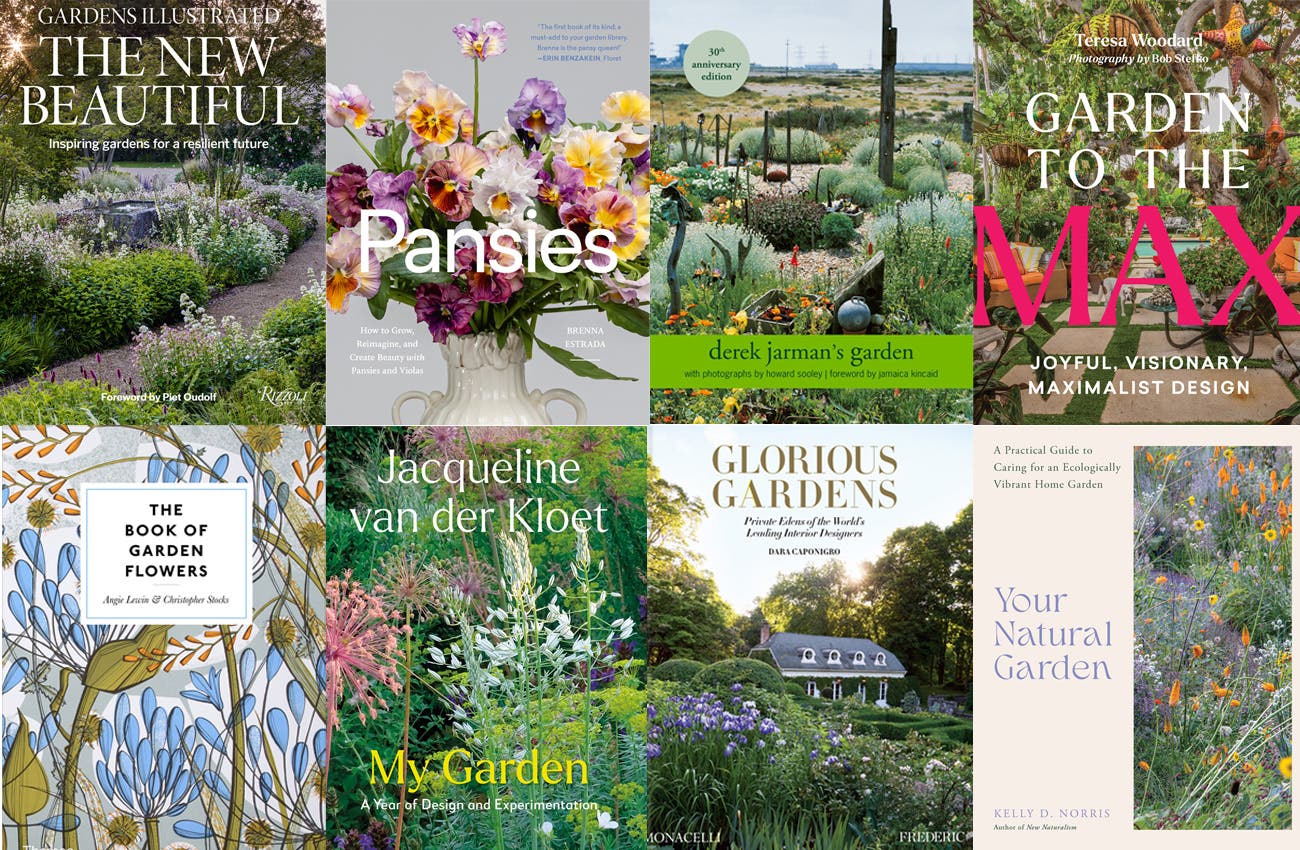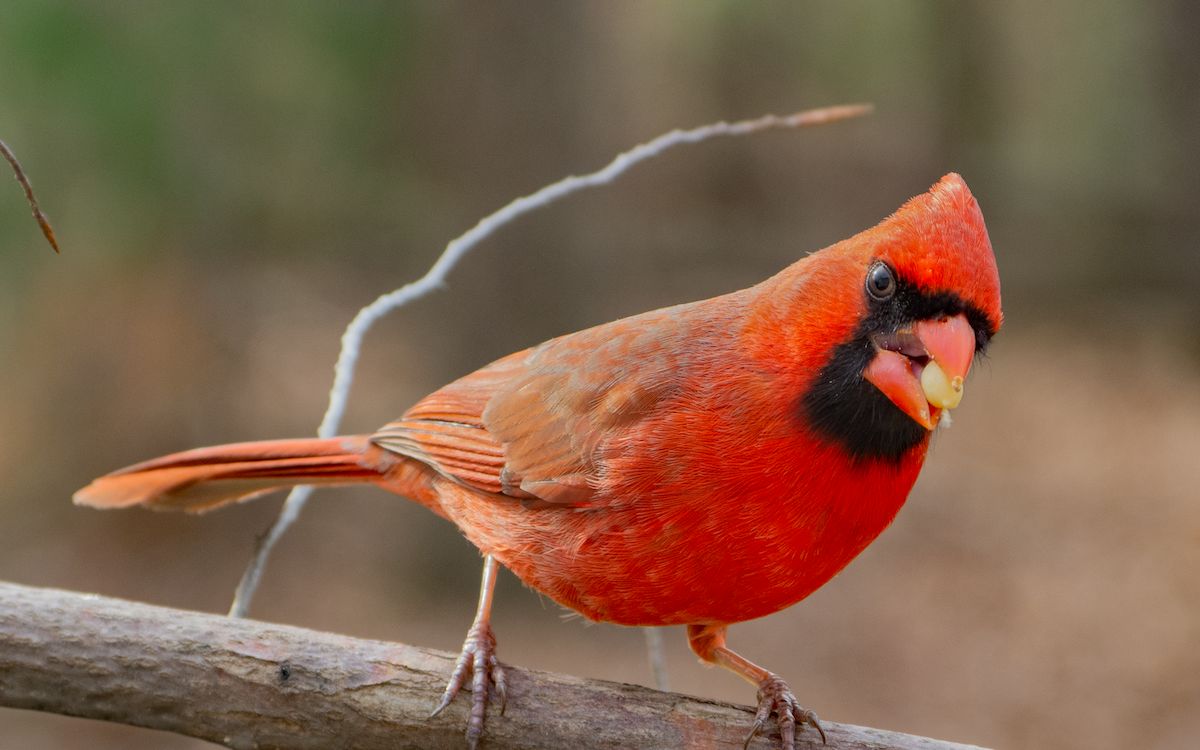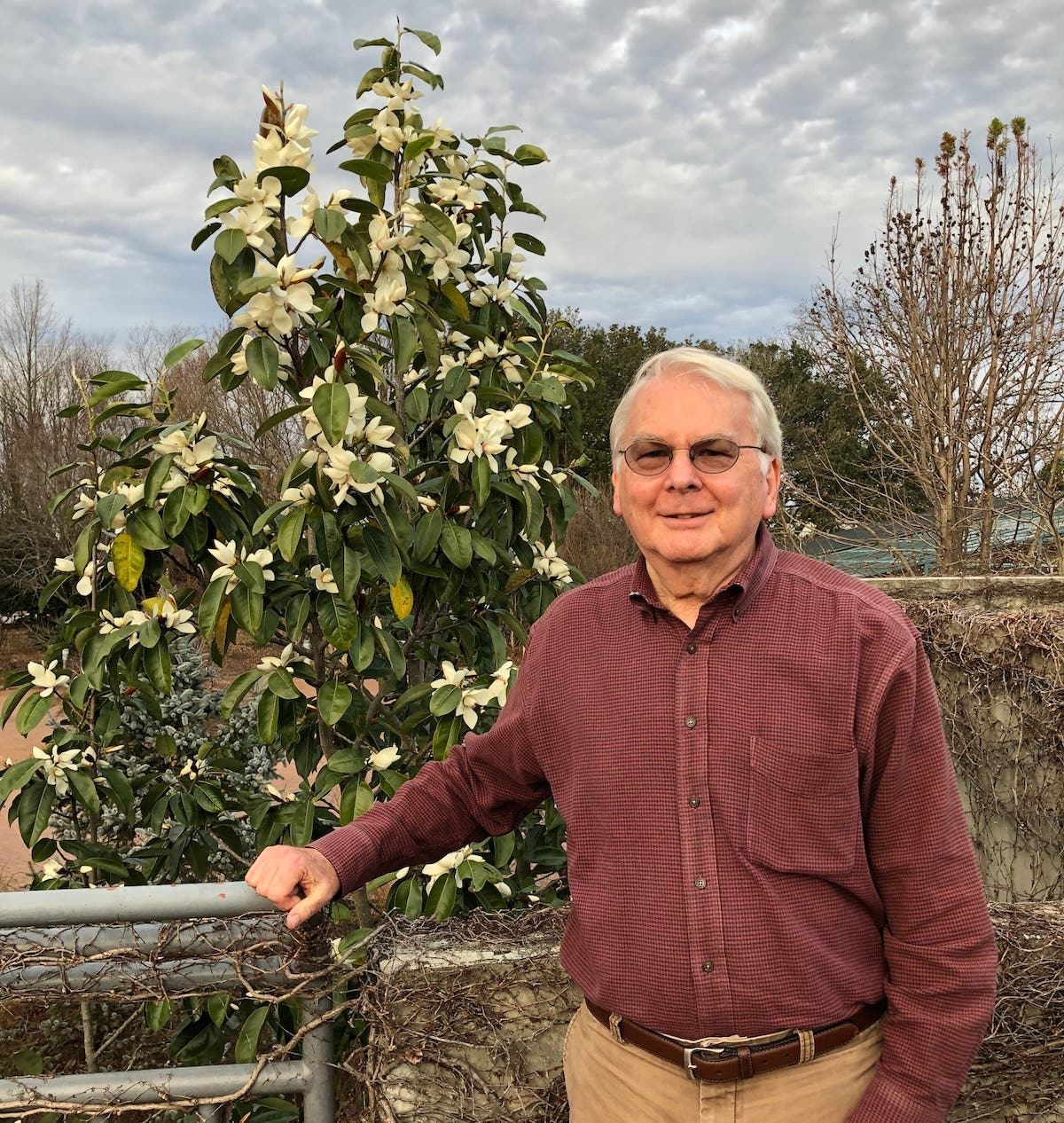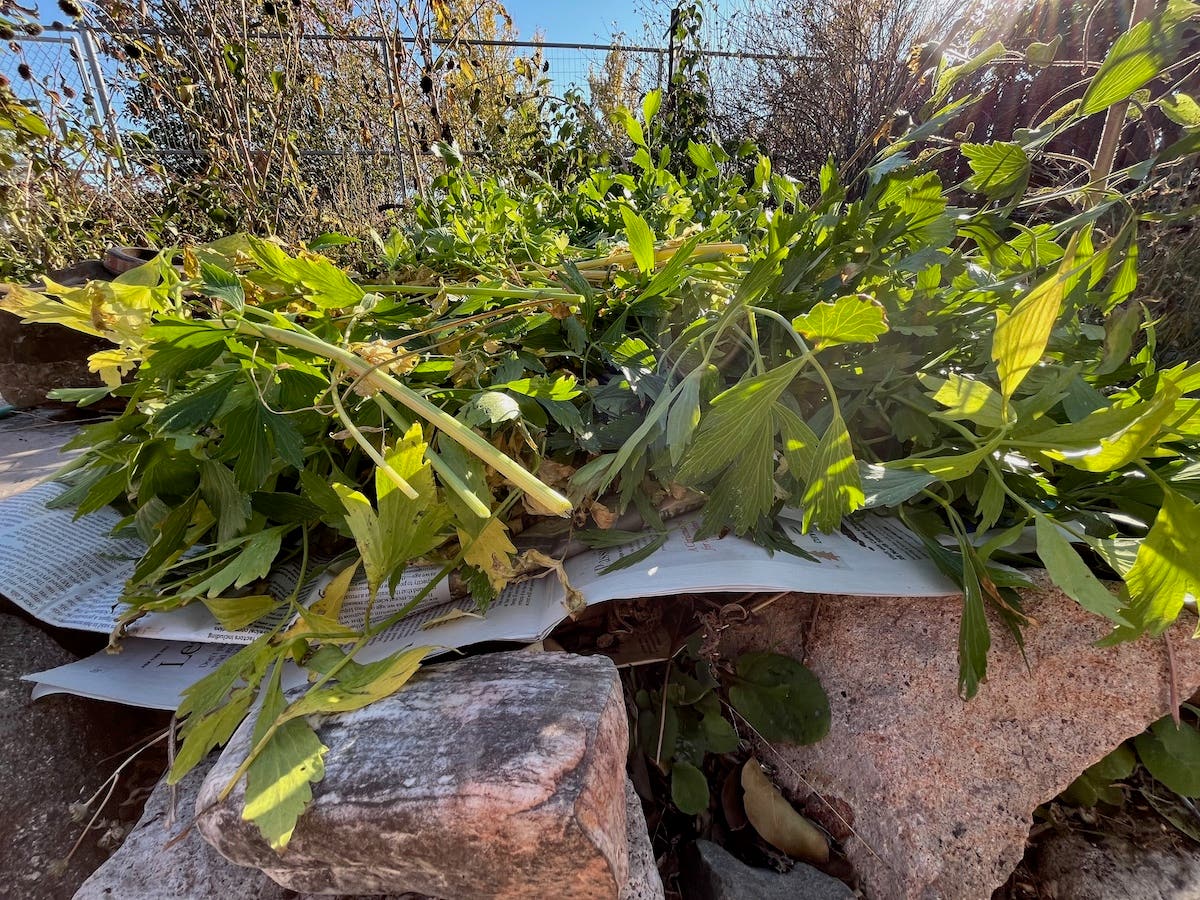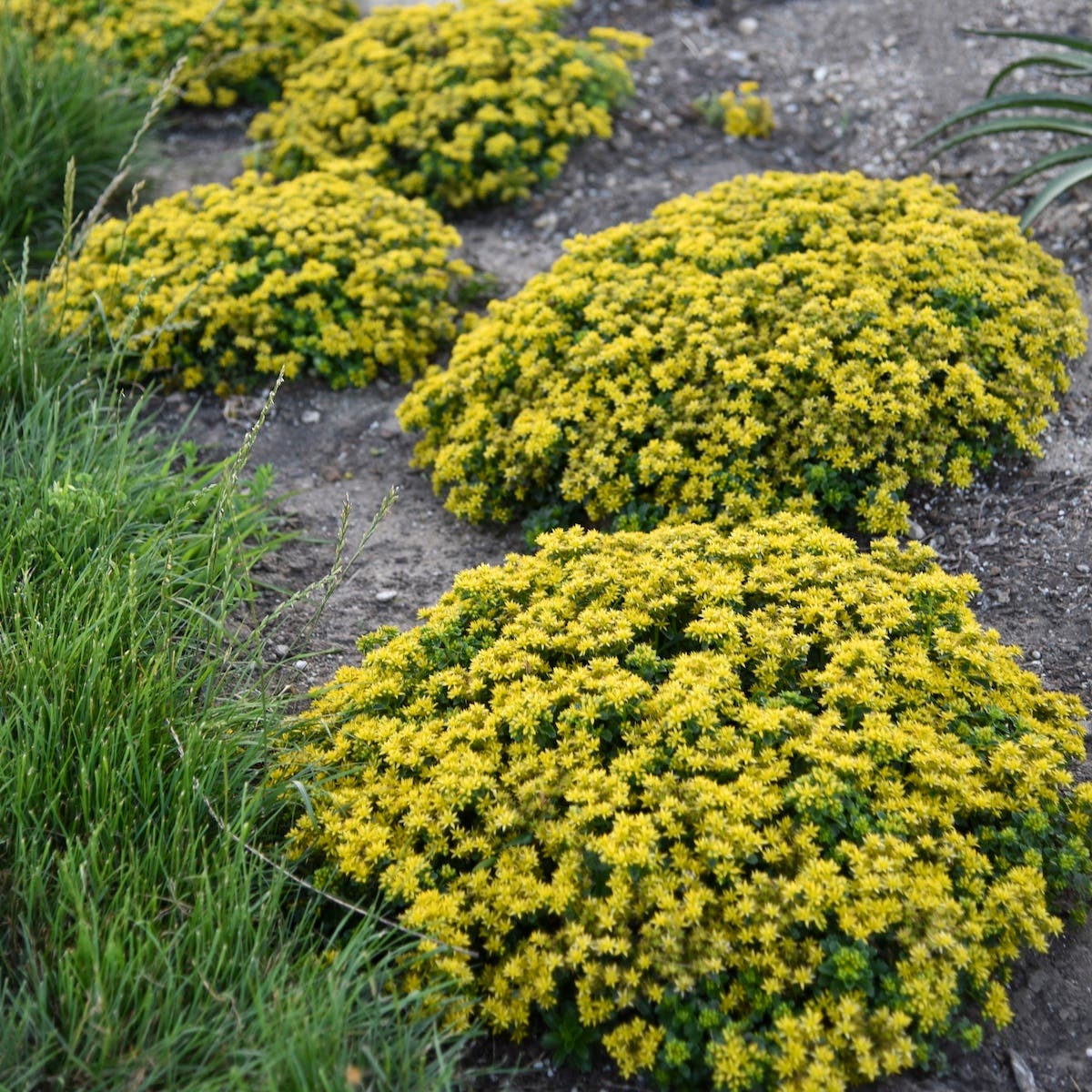Gardening Book Reviews: The Botany of Desire
The Botany of Desire by Michael Pollan Random House; 272 pages; S24.95 Just when I think there’s nothing new to say in a gardening book, publishers have come up with…
The Botany of Desire
by Michael Pollan
Random House; 272 pages; S24.95
Just when I think there's nothing new to say in a gardening book, publishers have come up with several that are useful or original or both. None is more original than Michael Pollan's The Botany of Desire: A Plant's-Eye View of the World. It must be the first book with “botany” in its title to sit for nine weeks on the New York Times bestseller list.
Pollan's argument is that plants manipulate us as much as we do them; that just as we modify the makeup of an apple to make it red, round, and sweet, the apple may be using our desire for sweetness to ensure its own reproductive success. In other words, plants and humans may have the same reciprocal relationships that honeybees have with flowers: if you give me your nectar, I'll spread your pollen.
Pollan's other plants and the human desires through which they attract us are the tulip (beauty), cannabis (intoxication), and the potato (control). Whether this botany of desire is a true epiphany or an expedient conceit—a way to connect the stories of four unrelated plants in one book—frankly makes no difference to me. The result is so entertaining that I'm glad he found a way to tell his stories.
Actually, “stories” doesn't do justice to the intricately woven strands of science, travel, nature, philosophy, gardening, and personal experience that make up the profiles of these plants and their interaction with humans. Pollan's story of John Chapman (Johnny Appleseed), for instance, is one part botany lesson (any serious gardener knows you can't grow an edible apple from seed), one part history lesson (Chapman's orchards actually provided frontiersmen with drinking alcohol—in the form of cider—not food), and one part travelogue (Pollan took the route Chapman is believed to have taken, and interviewed local Chapman enthusiasts). The result is not just a compelling look at one of America's favorite myths, but a natural history of Malus do-mestica in the United States and how it made the journey from “spitter” (the fruit of a tree planted from seed) to ‘Golden Delicious’ in a remarkably short period of time.
From Tulipomania and the Irish potato famine, through the more recent history of marijuana (which Pollan grew, one paranoid summer), to the latest genetically altered potato (which he planted with trepidation), this is a book to recommend without reservation. And about that botany of desire… who's to say it doesn't exist?—Frances Tenenbaum
Making More Plants
by Ken Druse
Clarkson Potter; 256 pages; S45
The subtitle of Ken Druse's new book is The Science, Art, and Joy of Propagation, and this describes the book better than any reviewer could. This is no technical manual on propagation. Although Druse's text and hundreds of how-to pictures help us grasp the science of making more plants, the dreamy, full-page photographs Druse is known for are there to supply the art and joy. Druse covers plant propagation, from sowing seeds to taking cuttings to grafting and division, with artful treatment and contagious enthusiasm.
A large, beautiful coffee-table book seems an unusual format for a down-and-dirty guide that you'll want to keep in front of you on a potting bench, though. You will want to read the book for its general information and its beautiful pictures, and then check the propagation guide for the specific plant you are trying to reproduce. (In addition to the plants pictured, 700 other genera are included—a generous listing.) I'd suggest taking notes on a separate piece of paper, then putting the book back on the coffee table. This is one volume you'll want to keep clean.—F.T.
Bamboo for Gardens
by Ted Jordan Meredith
Timber Press; 406 pages; S39.95
I haven't seen any pandas yet on the streets of Cambridge, Massachusetts, but at the rate some of our bamboo groves are growing, who knows when I might? My neighbor's bamboo has moved under the fence and camped out on a strip of bare land. A few blocks away, a house on a busy commercial street has disappeared into its bucolic bamboo grove.
Not so long ago, the average gardener's reaction to bamboo was either hysteria about a plant that invaded his garden and couldn't be killed, or the conviction that bamboos were tropical plants that wouldn't grow in temperate locales. As we lose our fear of using bamboo in the garden, our ignorance of these unusual plants can lead us into the kind of mistakes that gave bamboo its reputation in the first place—I used to assume that all my bamboo problems would be solved if I simply bought “clumpers” instead of “runners.”
This enormously useful book is written for professionals as well as home gardeners, and includes extensive encyclopedic information about more than 300 different bamboos from 40 genera. If you are a gardener, my advice is don't even think about buying a bamboo until you read Meredith's lists of bamboos for special situations: for cold climates, screens and hedges, clumping bamboos for temperate climates, and many etceteras. Take this book with you when you go shopping for bamboo, and read the plant descriptions carefully before you choose a variety. With these caveats, you should be able to find a bamboo that's right for your location.—F.T.
The Garden: A Year at Home Farm
by Dan Pearson
Time-Life Books; 240 pages; $29.95
I recently had the opportunity to hear Dan Pearson lecture, and was impressed with his ability to translate complex ideas about natural forms, light, and even geography into understandable gardening concepts. The good news is that he is as adept at writing as he is at lecturing. Nicola Brown's stunning photographs complement the text of his new book perfectly, as she both celebrates the naturalistic gardening that is Pearson's forte and zeroes in on the details to let you see the nature of the plants, as well as the work going on at Home Farm.
Pearson is a major new force in garden design, having worked with Terence Conran on an earlier book, designed gardens at the Chelsea Flower Show, written for the London Sunday Times, and hosted his own gardening series for the BBC. Here he tells the story of his first client and the four-acre Northamptonshire garden (north of London) on which they've collaborated since 1987. The before photos of rundown barns and the derelict house—not to mention the ragged fields and bare earth— heighten the visual impact of Brown's after photos of flowery meadows and bountiful vegetable gardens. The photo of the yew bower in spring, a dark, cavelike arch brightened by primroses and fresh foliage, as well as the linden enclosure in August, silver with drifts of Eryngium giganteum and Verbascum chaixii ‘Album’, make me want to sign up for the next possible tour of British gardens.
Lest this all sound too Beatrix Potter-ish, the text of the book is mostly practical. Pearson has spent several days a week tor nearly 15 years working in this garden. He warns that eryngium and verbascum can self-seed too prolifically, and so need a firm hand. He makes it clear that naturalistic gardens are anything but, requiring skilled intervention at just the right times. Detailed instruction is given on how to prune roses, trim hedges, propagate perennials, and plant trees. Pearson takes every opportunity to explain the concept of planning and planting in conjunction with nature, rather than at odds with a site and its conditions. All this pragmatism is neatly enveloped in Pearson's lyrical evocation of the seasons, and his appreciation of how gardens grow and change along with the people who envision and care for them. —Valerie Easton
_______
Love gardening? Love books? Check out books at Gardener's Hub.


